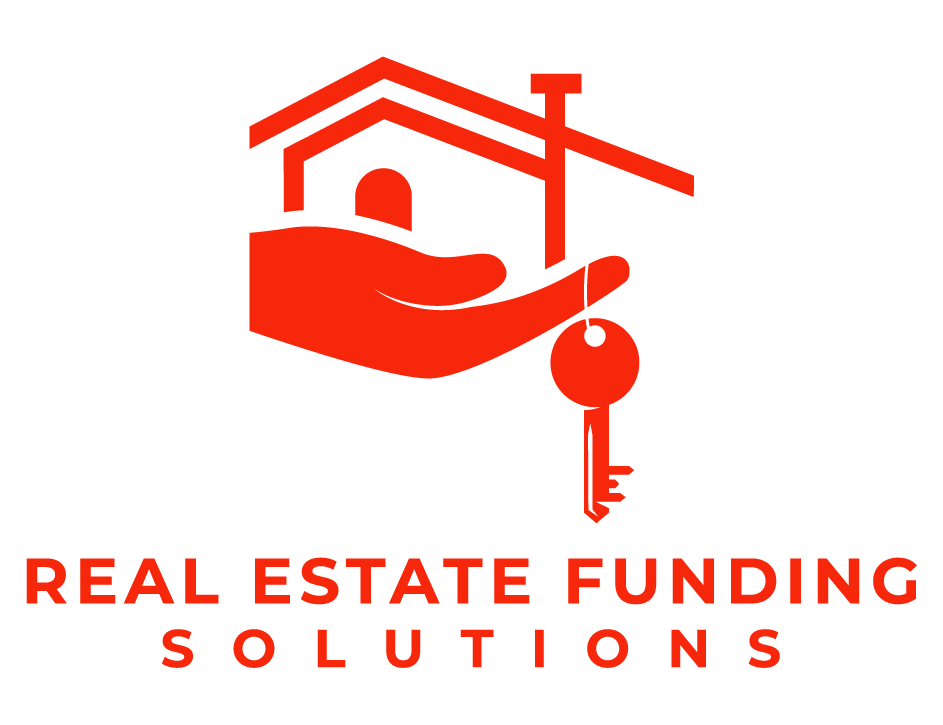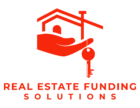Are you thinking about investing in real estate? Understanding your options and choosing the best investment method for your situation is paramount to your success. Here are three simple steps to help you choose the right path for your real estate investment journey.
Choose your investment strategy.
There are numerous tactics, techniques and strategies for investing in real estate. You need to know your overall goal before choosing an investment method. Here are some of the most common.
• Buy-and-hold investors.
The buy-and-hold investment strategy is for investors who are looking for long-term investments. These investors are typically landlords and rental owners. The goal of this strategy is to have a steady stream of income from your investment purchases.
• Fix-n-flip investors.
The fix-n-flip investment strategy is for investors who are looking for short-term investments. These investors are typically builders, contractors and rehabbers. The goal of this strategy is to quickly add value to your investment and sell it at a markup for a healthy profit.
• Wholesale investors.
The wholesale investment strategy is normally for new and inexperienced investors looking to begin investing in real estate. New investors typically do not have enough capital to buy and hold or remodel a property. They begin by wholesaling properties to other more experienced investors. The goal of this strategy is to begin investing in real estate with very little capital.
Pay the optimal price for your investments.
Once you’ve identified your investment strategy, you’ll need to ensure that you do not overpay for your investments. The optimal price for each investment will differ depending on the strategy you’ve chosen. For instance, a buy-and-hold investor can pay a little more for a property than a fix-n-flip investor. This is because fix-n-flip investors need deep discounts on their properties in order to be able to add value and still sell the property at a reasonable markup. Wholesale investors are a little more flexible. They use several different price options since they are ultimately selling their deals to other investors.
There are numerous computations that investors use to ensure that they purchase at a price point that allows them to maximize their profits. Here are two of the most common examples.
• Capitalization rate computations.
The capitalization rate (cap rate) is the evaluation that investors use to calculate the cash flow of a property. This calculation is typically used by buy-and-hold investors and wholesalers selling to landlords. In order to figure out the cap rate of your investment, you’ll need the property’s net operating income and the property’s purchase price. Cap rates are calculated by dividing the property’s net operating income (NOI) by the purchase price. Each investor will have a different opinion as to what the best cap rate is for their investments, but the industry standard stands around 8 to 12%.
• The 75% rule.
The 75% rule is an evaluation that investors use to quickly determine whether or not a property is a viable investment. This calculation is typically used by fix-n-flip investors and wholesalers that sell to rehabbers. If the property is in a somewhat decent condition, the 75% rule is a quick and easy way to calculate a purchase price. To use the 75% rule, take the current market value and multiply it by 75%, which will provide you with the maximum amount you can pay for the property. It’s always recommended that each investor take the time to evaluate each individual investment before purchasing.
Select the best financing option.
In order to invest in real estate, you have to have some kind of capital to fund each transaction. But you don’t necessarily have to have cash to close each deal, and some investors use other methods to fund their investments. Here are some of the most common.
• Transactional funding.
Transactional funding is a bridge loan used to close and fund an investment with little to no capital needed from the originating investor. Essentially, the investor borrows money for a very short period of time in order to fund the purchase and then pays the loan back from the sale of the transaction. This type of financing is typically used by wholesalers.
• Hard money loans.
A hard money loan is a loan that is backed by a hard asset. In a real estate investment purchase, the asset would be the property being purchased. The loan is based on the property, so it is usually granted quickly with simple, straightforward terms. These loans are normally provided at a higher interest rate than a traditional home loan and are only provided on a short-term basis. This type of financing is typically used by fix-n-flip investors.
• Traditional bank loans.
A traditional bank loan is used to close and fund an investment using a normal everyday financial institution. With these loans, the financial institution conducts a series of approvals in order to release the funds. The property needs to be inspected for approval, and the applicant needs to qualify for the loan. These loans can only be used to purchase buy-and-hold investors for properties that are in decent condition.
• Cash transactions.
All-cash transactions are the easiest way to purchase real estate. With an all-cash transaction, there are no financial institutions, no loans and no obstructions to the purchase. This type of financing can be used by any investor that has cash to close.
Conclusion
Real estate investing is one of the very best ways to become financially secure. With the right information, anyone can become a profitable real estate investor. Use these steps to evaluate your current situation and choose the correct path for your real estate investment journey.
This article was originally published in Forbes by Michael Ligon. Check the original article here: https://www.forbes.com/sites/forbesbusinesscouncil/2022/04/25/real-estate-investing-in-three-simple-steps/?sh=5638227f1a7f



